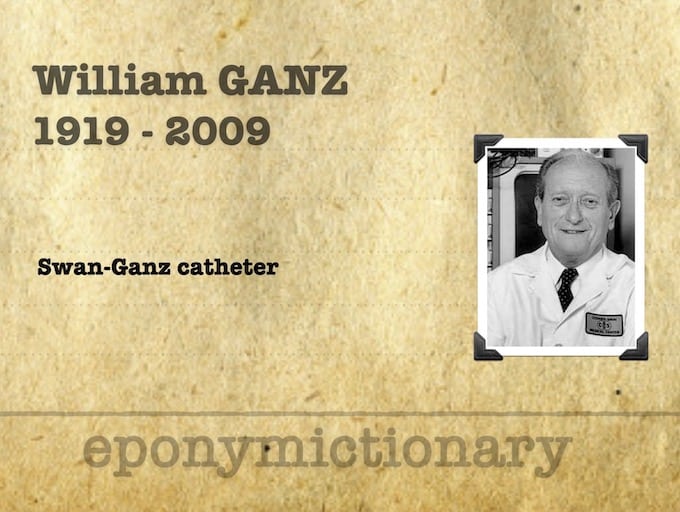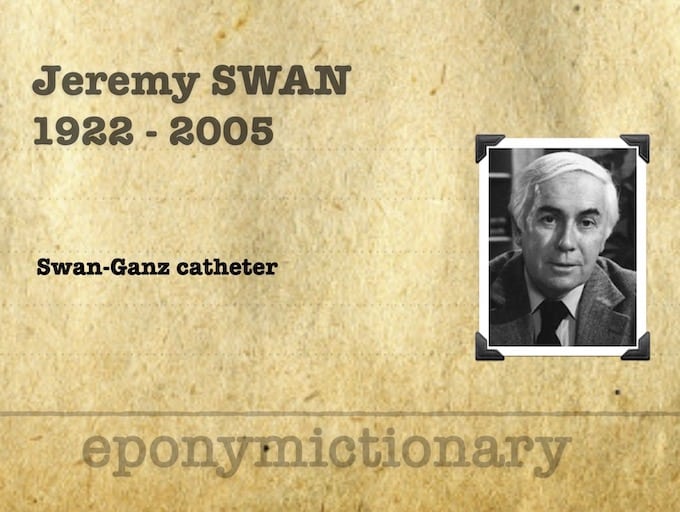
Malgaigne Fracture
Malgaigne fracture is an unstable fracture of the pelvis. First described in 1847 by French surgeon Joseph François Malgaigne (1806 – 1865)

Malgaigne fracture is an unstable fracture of the pelvis. First described in 1847 by French surgeon Joseph François Malgaigne (1806 – 1865)

John Myburgh hypothesises that resuscitation fluids cause more harm than they save lives.

Thomas Philip Ayre (1901-1979) was an English anaesthetist. Ayre is most well-known for his eponymous T-piece, a device which revolutionised anaesthesia for babies and children.

Despite decades of research, there is little agreement on what sepsis is. Jeremy Faust explores What even IS “usual care” in sepsis now?

Harold Arthur Hill (1901-1973) was an American radiologist who worked with Maurice David Sachs (1909-1987). Eponym: Hill-Sachs lesion (1940)

Laura Rock and Jenny Rudolph give strategies for managing interprofessional conflict at the bedside in a critical care setting.

History of the Development, and widespread adoption, of the Pulmonary Artery Catheter (PAC) or Swan-Ganz catheter

Mary Clayton Holt (1924 - 1993) was an English cardiologist. Holt-Oram syndrome (1960)

Dara Kass experience as physician, mother and organ donator to her son.

William Ganz (1919 – 2009) Slovakian-born American cardiologist. Co-invented the Swan-Ganz catheter with Jeremy Swan at Cedars-Sinai Medical Center 1970

Harold James Charles 'Jeremy' Swan (1922 – 2005) was an was an Irish cardiologist. Co-invented the Swan-Ganz catheter with William Ganz in 1970

Dickinson Woodruff Richards, Jr. (1895 - 1973) Nobel Laureate and celebrated American Physician. Famously known for his work in development of cardiac catherisation and physiology with André Frédéric Cournand and Werner Theodore Otto Forßman.